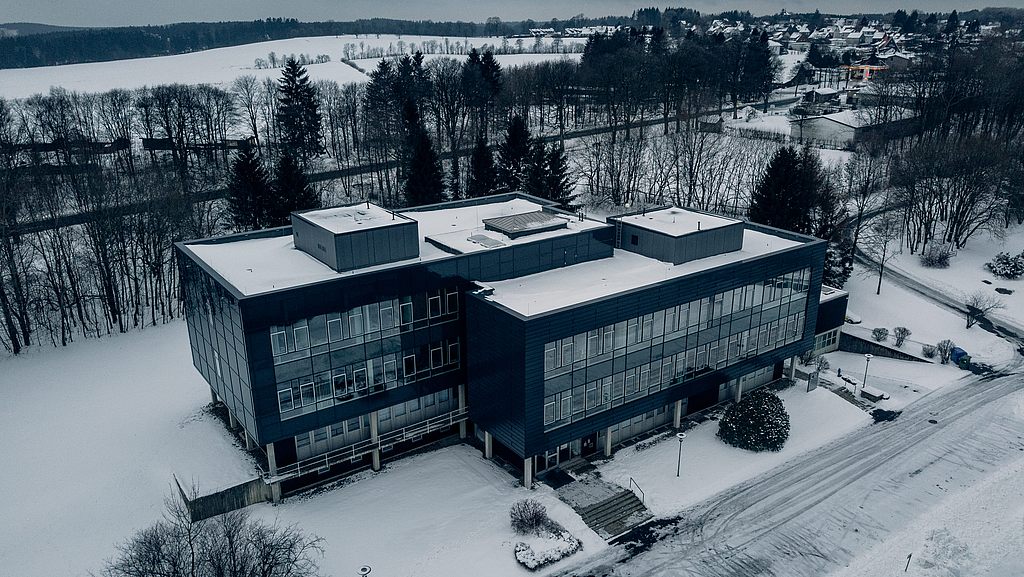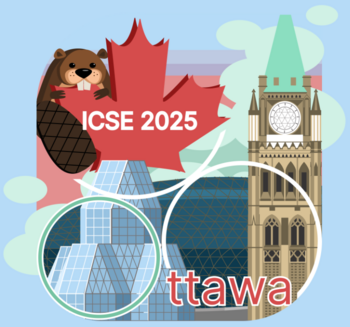Main Conference
1. The paper “GUIDE: LLM-Driven GUI Generation Decomposition for Automated Prototyping” by Kristian Kolthoff, Felix Kretzer, Christian Bartelt, Alexander Maedche and Simone Paolo Ponzetto has been accepted at the main conference of ICSE 2025.
Abstract: Graphical user interface (GUI) prototyping serves as one of the most valuable techniques for enhancing the elicitation of requirements, facilitating the visualization and refinement of customer needs and closely integrating the customer into the development activities. While GUI prototyping has a positive impact on the software development process, it simultaneously demands significant effort and resources. The emergence of Large Language Models (LLMs) with their impressive code generation capabilities offers a promising approach for automating GUI prototyping. Despite their potential, there is a gap between current LLM-based prototyping solutions and traditional user-based GUI prototyping approaches which provide visual representations of the GUI prototypes and direct editing functionality. In contrast, LLMs and related generative approaches merely produce text sequences or non-editable image output, which lacks both mentioned aspects and therefore impede supporting GUI prototyping. Moreover, minor changes requested by the user typically lead to an inefficient regeneration of the entire GUI prototype when using LLMs directly. In this work, we propose GUIDE, a novel LLM-driven GUI generation decomposition approach seamlessly integrated into the popular prototyping framework Figma. Our approach initially decomposes high-level GUI descriptions into fine-granular GUI requirements, which are subsequently translated into Material Design GUI prototypes, enabling higher controllability and more efficient adaption of changes. To efficiently conduct prompting-based generation of Material Design GUI prototypes, we propose a retrieval-augmented generation (RAG) approach to integrate the component library. Our preliminary evaluation demonstrates the effectiveness of GUIDE in bridging the gap between LLM generation capabilities and traditional GUI prototyping workflows, offering a more effective and controlled user-based approach to LLM-driven GUI prototyping. Video presentation of GUIDE is available at: https://youtu.be/C9RbhMxqpTU
The full paper can be read at https://arxiv.org/abs/2502.21068
Workshops
2. The paper “Specification Completion for Sustainable Software Development via Sustainability-Driven Mining” by Mohamed Toufik Ailane, Carolin Rubner, Andreas Rausch has been accepted at GREENS 2025 - the ICSE workshop on Green and Sustainable Software.
Abstract: In an era where digital transformation intersects with environmental sustainability, the software development industry must integrate practices that minimize ecological impacts. This paper proposes a comprehensive framework for specification completion through specification mining, aimed at embedding sustainability into software development processes. Utilizing an Extended Abstraction Refinement Model (EARM), we enhance the DevOps lifecycle by mapping observed behavior to development artifacts, ensuring sustainability metrics are accessible and actionable for stakeholders such as requirements engineers, software architects, and developers. Our approach leverages emergent behavior analysis to identify sustainability impacts that manifest during runtime, enabling targeted, energy-efficient interventions without incurring the rebound effect of exhaustive evaluations. By incorporating natural language processing (NLP) techniques for automated specification mapping, the framework refines software models iteratively, integrating real-world sustainability insights. This methodology supports the reduction of the carbon footprint in software products while preserving performance and quality, contributing to the alignment of software engineering with global sustainability objectives.
3. The paper “Specification Completion for Sustainable Software Development via Sustainability-Driven Mining” by Mohamed Benchat, Iqra Aslam, Meng Zhang, Nour Habib, Abhishek Buragohain, Vaibhav Tiwari, Andreas Rausch has been accepted at SE4ADS 2025 - the ICSE workshop on SE for Autonomous Driving Systems.
Abstract: Understanding the complexities and potential of artificial intelligence (AI) in autonomous driving presents unique educational challenges, particularly for newcomers to the field. Building on the success of our initial workshop, we introduce an expanded version, designed to address both educational and research objectives, through an enhanced, proposed architecture. This proposed architecture provides participants with immersive, hands-on experience in supervised learning specifically tailored for autonomous driving (AD). It supports continuous, high-quality data collection in diverse driving scenarios—key for training and advancing behaviour-based End-to-End (E2E) learning models. Initially built around a static, onsite model vehicle track, the workshop now incorporates an innovative online simulator, allowing dynamic driving conditions and configurable track designs. This transition facilitates comprehensive, data-driven exploration of varied driving behaviours, addressing core training needs in this domain. Held multiple times with resounding success, the workshop has received overwhelmingly positive feedback and significant interest at major AI exhibitions. Through this proposed architecture, we address education and training challenges in AD, equipping participants with critical skills in E2E learning models and dynamic data collection methods essential for advancing scientific research and practical application in the field.
4. The paper “Neurosymbolic Architectural Reasoning: Towards Formal Analysis through Neural Software Architecture Inference” by Steffen Herbold, Christoph Knieke, Andreas Rausch, Christian Schindler has been accepted at NSE 2025 - the ICSE workshop on Neuro-Symbolic SE.
Abstract: Formal analysis to ensure adherence of software to defined architectural constraints is not yet broadly used within software development, due to the effort involved in defining formal architecture models. Within this paper, we outline neural architecture inference to solve the problem of having a formal architecture definition for subsequent symbolic reasoning over these architectures, enabling neurosymbolic architectural reasoning. We discuss how this approach works in general and outline a research agenda based on six general research question that need to be addressed, to achieve this vision.
5. The paper “Benchmarking Prompt Engineering Techniques for Secure Code Generation with GPT Models” by Marc Bruni, Fabio Gabrielli, Mohammad Ghafari, Martin Kropp has been accepted at FORGE 2025.
Abstract: Large Language Models (LLMs) are increasingly used in software development, particularly for code generation. However, the security of the generated code remains a major concern. Prompt engineering techniques can significantly reduce reasoning mistakes made by LLMs in various areas. Whether prompt engineering can also be used to effectively mitigate code vulnerabilities has not been deeply investigated. To address this gap, we have implemented a benchmark to automatically compare the effect of different prompt engineering attempts on code security, focusing on Python due to its widespread use and relevance in multiple domains. Since prompt engineering can only influence the probability of a certain outcome (in this case vulnerable code) we use realistic temperature settings and collect multiple samples for each prompt and technique. Our benchmark builds on two peer-reviewed prompt datasets and uses static scanners to assess code security at scale. We evaluated various techniques on the GPT models GPT-3.5-turbo, GPT-4o, and GPT-4o-mini. We found that for 4o and 4o-mini, a security-focused prompt prefix can reduce the generation of security vulnerabilities by up to 56%. Furthermore, all tested models can detect and repair between 41.9% and 68.7% of vulnerabilities in previously generated code when employing iterative prompting techniques. Finally, we introduce a “prompt agent” that illustrates how the most effective techniques can be used in practical applications.
6. The paper “Specification Completion for Sustainable Software Development via Sustainability-Driven Mining” by Mohamed Toufik Ailane, Carolin Rubner, Andreas Rausch has been accepted at GREENS 2025 - the ICSE workshop on Green and Sustainable Software.
In an era where digital transformation intersects with environmental sustainability, the software development industry must integrate practices that minimize ecological impacts. This paper proposes a comprehensive framework for specification completion through specification mining, aimed at embedding sustainability into software development processes. Utilizing an Extended Abstraction Refinement Model (EARM), we enhance the DevOps lifecycle by mapping observed behavior to development artifacts, ensuring sustainability metrics are accessible and actionable for stakeholders such as requirements engineers, software architects, and developers. Our approach leverages emergent behavior analysis to identify sustainability impacts that manifest during runtime, enabling targeted, energy-efficient interventions without incurring the rebound effect of exhaustive evaluations. By incorporating natural language processing (NLP) techniques for automated specification mapping, the framework refines software models iteratively, integrating real-world sustainability insights. This methodology supports the reduction of the carbon footprint in software products while preserving performance and quality, contributing to the alignment of software engineering with global sustainability objectives.

